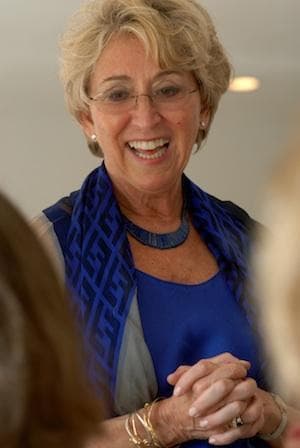Advertisement
Filling In The Gaps On Pain Prescriptions

By Judy Foreman
Guest Blogger
Today’s New York times carries a front page article fanning the hysteria – once again – about prescription painkillers.
A prominent number quoted in the article – that, according to the federal Centers for Disease Control and Prevention, 14,800 people died in 2008 in episodes involving these painkillers – is correct. And that’s 14,800 too many. No doubt about it.
But look at what the article failed to say: That, again according to the CDC, half of all those deaths involving prescription painkillers also involved at least one other drug, including benzodiazepines, cocaine and heroin. And that “alcohol is also involved in many overdose deaths.” To blame it all on prescription painkillers – and pain patients and their doctors - is simply not the full truth.
The New York Times story also failed to note that, in contrast to the 14,800 people whose deaths involved prescription painkillers, 443,000 American adults die every year from cigarette smoking. And more than 80,000 die every year from excessive alcohol use. Non-prescription painkillers such as NSAIDS (non-steroidal anti-inflammatory drugs like ibuprofen) aren’t exactly benign, either - they kill an estimated 7,000 to 10,000 American adults a year.
Nor did the article mention the extent of suffering caused in this country by chronic pain.
According to a recent report from the Institute of Medicine, an estimated 100 million Americans live in chronic pain, and that doesn’t count children, people in the military or in institutions such as nursing homes.
And – estimates vary – one tenth to one third of them have chronic pain that is severe and disabling. At least some of this latter group do need opioids, probably strong ones, and possibly for the rest of their lives. To put too many barriers in the way of access to opioids is tantamount to what some ethicists call “torture by omission.”
Furthermore, the New York Times articles picks on doctors for overprescribing painkillers. But doctors are not the real problem.
If it’s diversion and abuse that you’re worried about, consider where street abusers actually get their drugs. According to a 2009 government report, 53.3 percent get their drugs free from a friend or relative, 9.9 percent buy them from a friend or relative, 5 percent steal them from a friend or relative. That’s roughly 70 percent who get it from your medicine cabinet and mine. (And yes, 17.6 percent get them from a doctor.)
To be sure, opioids are not perfect painkillers. In fact, by some estimates, they’re only 30 to 40 percent effective. And yes, of course, non-pharmacological treatments are essential (though not always reimbursed) for treating chronic pain, including meditation, exercise, distraction, acupuncture and massage.
Prescription painkiller deaths grab the headlines, and the front page stories. But all too often, the silent suffering of people in chronic pain does not.
Judy Foreman, perhaps the best-known health reporter in Boston and a nationally syndicated columnist, is writing a book about chronic pain titled “A Nation in Pain: Healing Our Biggest Health Problem.”
This program aired on April 9, 2012. The audio for this program is not available.
